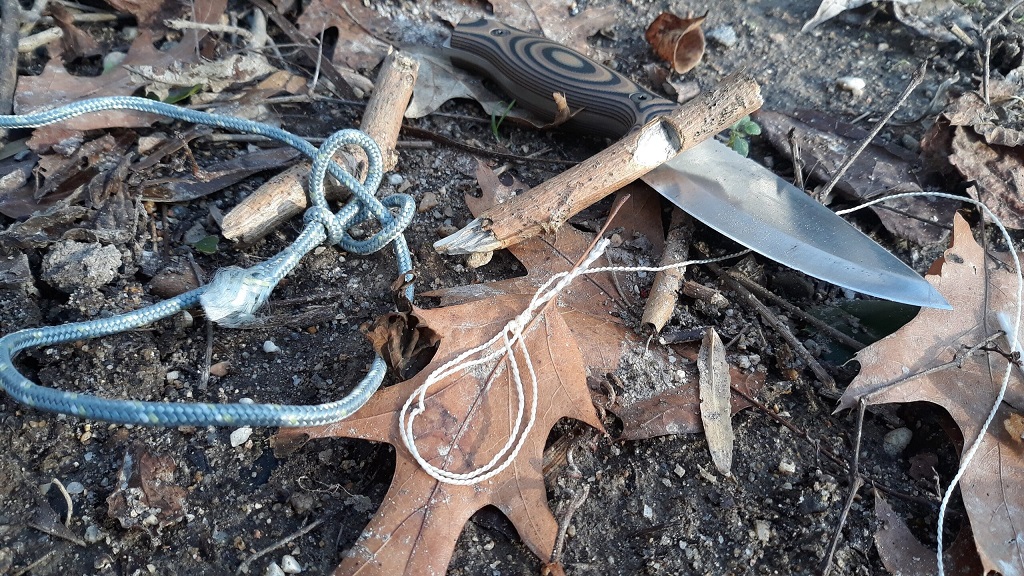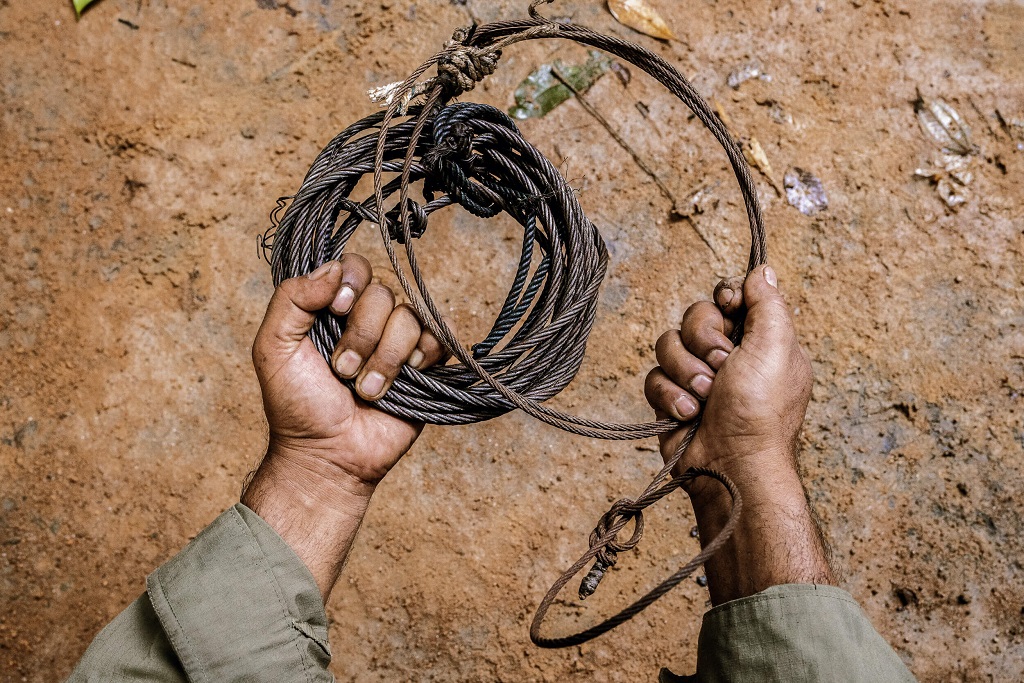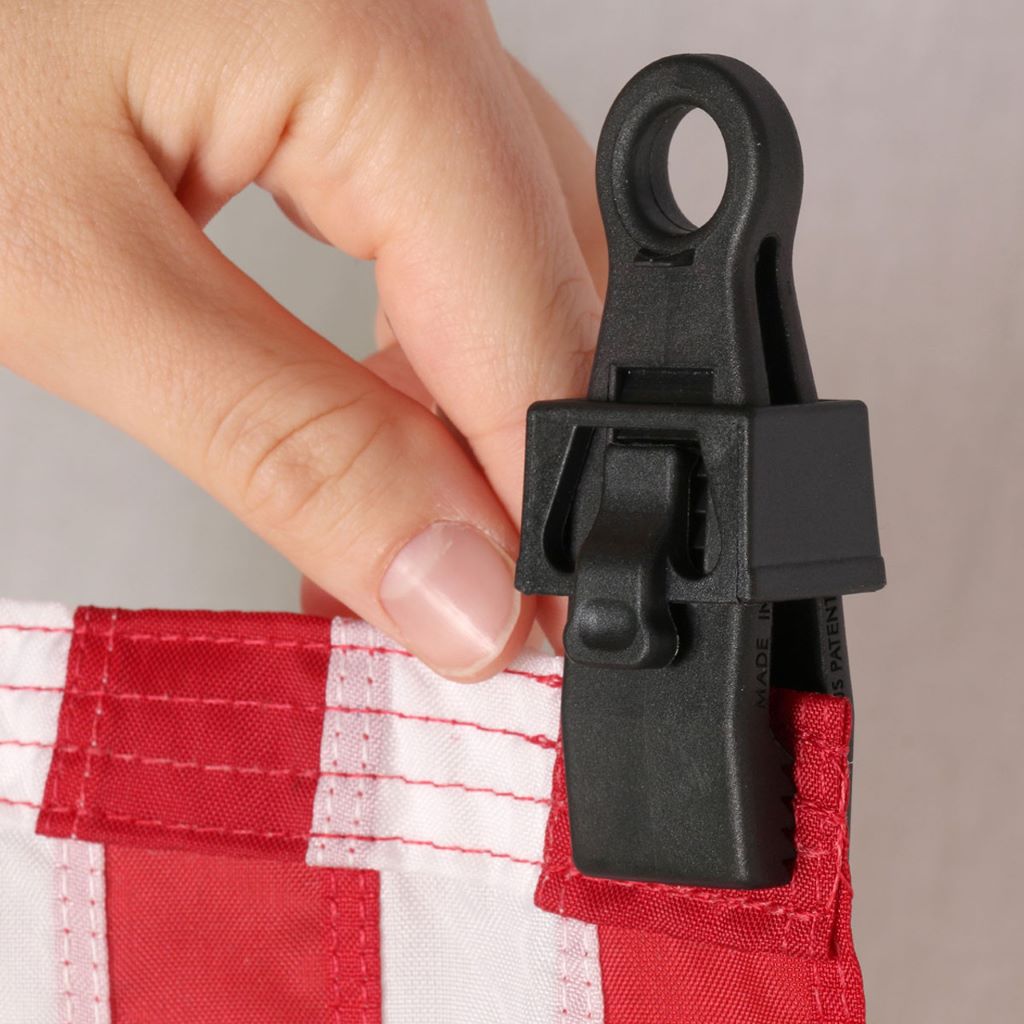Hey there, curious minds! Have you ever wondered about those crafty rope traps you see in movies, cartoons, or maybe even in survival shows? You know, the ones that seem to magically snare unsuspecting characters or critters? Well, you’re in for a treat because we’re about to dive headfirst into the fascinating world of rope traps. Picture this: you’re out in the wild, trying to catch food or secure your campsite, and you have nothing but a rope and some basic know-how. Rope traps can be your secret weapon!
So, grab a seat, put your thinking cap on, and let’s unravel the mysteries of rope traps. By the end of this journey, you’ll know exactly how they work and might even be inspired to try making one yourself!
The Basics of Rope Traps
Before we get into the nitty-gritty details, let’s cover the basics. Rope traps are ingenious contraptions that use tension and the element of surprise to capture prey or intruders. They’ve been used for centuries by various cultures around the world, from indigenous peoples to skilled hunters. Think of them as the clever cousin of the traditional snare trap.
When buying rope, it’s important to remember the beauty of its simplicity. The trap only requires a few components: a length of rope, strategically placed sticks or branches, and a trigger mechanism. These components work together seamlessly to create a trap that can immobilize or restrain your target without causing any harm.
Setting the Stage: Location Matters
Imagine you’re setting up a rope trap in the forest to catch a small game like a rabbit. Location is everything! You need to identify the perfect spot where your target is likely to pass. Tracks, droppings, and signs of activity are your allies here. Once you’ve found the ideal location, it’s time to start setting up your trap. Explore Unlock the Secrets of the Ope Ope No Mi.
Step 1: The Rope
The heart and soul of your rope trap is, unsurprisingly, the rope itself. You’ll want to select a strong and durable rope that can withstand the tension and the struggles of your prey. Paracord or other nylon ropes are excellent choices due to their strength and versatility.
Begin by tying one end of the rope to a tree or a sturdy anchor point. This will serve as your fixed point, creating tension in the rope when the trap is triggered. The other end of the rope is left loose, ready to spring into action.
Step 2: The Trigger Mechanism
Now, let’s talk about the trigger mechanism. This is the part of the trap that turns a simple rope into a clever contraption. The trigger can be a variety of things, but one of the most common setups involves a Y-shaped stick.
Take a Y-shaped stick and jam it into the ground at an angle, with the top of the Y pointing in the direction of your prey’s approach. This is your trigger stick. Attach the free end of the rope to the top of the Y, creating a loop around it. Make sure it’s snug but not too tight; you want it to be sensitive to the slightest movement.
Step 3: Bait and Wait
Now comes the fun part: baiting your trap. You’ll need something enticing to lure your target into the trap’s clutches. Depending on your prey, this could be anything from a tasty piece of fruit to a small pile of leaves hiding a tempting morsel.
Place the bait just in front of the trigger stick, making sure that when your prey goes for it, they’ll disturb the trigger stick. When that happens, the Y-shaped stick will spring up, pulling the rope tight and trapping your prey in a snare. Voilà! You’ve got yourself a rope trap.
The Mechanics Behind the Magic
So, how does this all work, you might wonder? Well, let’s break it down a bit further. The key to a successful rope trap lies in its mechanical advantage and the element of surprise.
When your prey goes for the bait, they’ll inevitably disturb the trigger stick. Because of the Y shape and the way it’s set up, it acts as a lever. The short end of the Y (the top) moves quickly, while the long end (the two legs) moves slowly.
This speed difference creates a sudden tension in the rope, yanking it tight in the blink of an eye. Think of it as a quick and decisive handshake with your prey, only instead of a friendly gesture, it’s a grip of capture!
Rope Trap Variations
Now that you’ve got the basics down, it’s worth mentioning that rope traps come in various forms, depending on their intended purpose and the creativity of the trapper. Here are a couple of popular variations:
1. The Rolling Snare
Imagine a log with a rope attached to it, forming a loop. When your prey tries to move the bait or disturb the setup, the log rolls, tightening the noose. This type of trap is great for catching larger game.
2. The Box Trap
The box trap is more of a cage than a snare. It’s constructed using ropes or vines woven into a box-like structure. When an animal enters to reach the bait, the ropes constrict, trapping them inside. This type of trap is excellent for catching animals like squirrels or birds.
Safety and Ethical Considerations
Before you rush out to set up your own rope trap, there are some important things to keep in mind. First and foremost, safety should be your top priority. Rope traps can be dangerous if not used responsibly.
- Know Your Target: Ensure you’re familiar with the wildlife in the area and that your trap is designed for the specific animal you intend to catch.
- Check Local Laws: In many places, trapping wildlife for survival purposes is regulated or even illegal. Always check local laws and regulations before setting up traps.
- Minimize Harm: Your goal should be to capture, not harm. Regularly check your traps to release non-target animals and avoid unnecessary suffering.
- Respect Nature: Only use rope traps when necessary for survival. Respect the environment and the creatures that call it home.
Wrapping It Up
There you have it, folks! The world of rope traps demystified. From their basic components to the mechanics behind their magic, you now have a good grasp of how these clever contraptions work. Remember, rope traps should be used responsibly and ethically, with a deep respect for nature and its creatures.
Whether you find yourself in a survival situation or you simply want to channel your inner adventurer, rope traps can be a valuable tool in your toolkit. Just like any skill, practice makes perfect, so consider honing your trap-setting abilities in a safe and legal environment before venturing into the wild.
So, go ahead, give it a try, and embrace your inner hunter-gatherer. Who knows, you might just surprise yourself with your newfound rope trap prowess! Happy trapping!
FAQs
- Are rope traps legal to use for survival purposes?
- The legality of using rope traps for survival purposes varies by location. It’s crucial to check local laws and regulations before setting up traps. In some places, trapping wildlife may be regulated or even illegal.
- Can rope traps be used to catch large animals like deer or boar?
- While rope traps can be effective, they are typically better suited for catching smaller game like rabbits or squirrels. Larger animals may require more robust trapping methods.
- Are there any alternatives to rope traps for catching food in the wild?
- Yes, there are various alternatives, including snare traps, pit traps, and fishing techniques. The choice of method depends on your location, available resources, and the type of game you’re trying to catch.
- How do I release an animal from a rope trap without harming it?
- To release an animal from a rope trap, approach it calmly and carefully. Use a stick or a tool to gently open the loop or release the tension on the rope, allowing the animal to escape safely. Always prioritize the well-being of the animal.
- Can rope traps be used for non-survival purposes, like animal research or photography?
- Rope traps should only be used for survival purposes or in situations where they are legal and ethical. Using traps for other purposes, such as research or photography, may be subject to additional regulations and ethical considerations.






